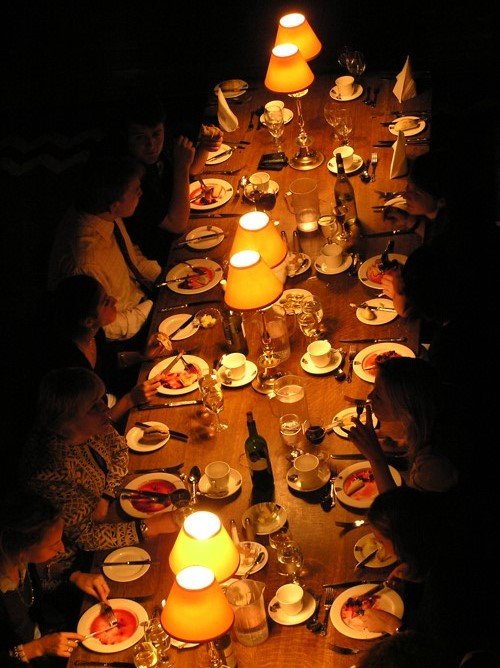SANDS in PANS | Abi Stone
Abi in the Namib desert.
Abi Stone is a Reader in Physical Geography at the University of Manchester interested in the past and current dynamics of dryland (desert) environments and their implications for the archaeological record. She completed her undergraduate degree in Geography at Keble and returned, after an MSc in Quaternary Science at Royal Holloway, for her DPhil, working on the project “Multiproxy reconstructions of Late Quaternary environments, southern Africa” under the supervision of Heather Viles and David Thomas in the School of Geography and the Environment. Whilst at Keble, she was JCR Vice President and held various roles on the MCR committee, and was also a Junior Dean. She is currently working on the PANS (Palaeoenvironmental context of Palaeolithic Archaeology in the Namib Sand Sea) and SANDS (Survey and Archaeology of the Namib Desert Surface) projects in the Namib desert.
Abi Stone (2000 BA DPhil Geography) writes:
Desert landscapes are compelling places: vast, beautiful and inviting, yet equally intimidating, harsh and inhospitable. By definition, these landscapes have a deficit of moisture, and planning any research trip into the hyper-arid Namib Sand Sea on the west coast of Namibia requires packing plenty of water. However, the landscape contains clues that it has not always been so inhospitable. Our recent research, featured in The Conversation (and the Journal Quaternary Science Advances) found a rich record of stone tools from the African Middle Stone Age, and demonstrates there was a small freshwater lake, first present around 220,000 years ago, fed by an ancient river.
The Namib Sand Sea
The archaeology is observed in between the sand dunes, clustered at sites called pans, which are places where small lakes ponded up. Pans sediments include layers baked hard after the water dried up, which protects them from erosion, and silty-sand layers that can be analysed to tell us about what former environmental conditions were like (analysis includes particle size distributions and microscopic fossils of diatoms and phytoliths, and plant-wax biomarkers). The sediments can also be used to tell the time of deposition, by making sand glow to reveal how long it has been buried, a technique called luminescence dating.
Sampling in a hole
As a desert geographer, I work with a multi-disciplinary international research team of archaeologists (George Leader, Rachel Bynoe, Ted Marks, Kaarina Efraim), geoarchaeologists (Dominic Stratford), geomorphologists (Andrew Gunn), and collaborate with luminescence dating laboratories (Liverpool, Sheffield) to shine a light on the archaeological record in the Namib Sand Sea, with logistical support from Gobabeb Namib Research Institute.
So far, the team has re-examined, and dated, the 220,000 year old site of Narabeb (ǂAonin name for “the place of the Nara melon”), and are starting to unpick the more complicated setting of Namib IV. The Namib Sand Sea has been a gap in the archaeological map. We are showing its importance for demonstrating far-reaching ancient human connections across southern Africa. In the northern hemisphere, studies have established how “green corridors” facilitated migrations across the Saharan and Arabian deserts. It is highly likely the Namib also contained such corridors.
Building on George Leader’s neatly chosen acronym “S.A.N.D.S.” (Survey and Archaeology of the Namib Desert Surface), the forthcoming second phase of the research “P.A.N.S.” (Palaeoenvironmental context of Palaeolithic Archaeology in the Namib Sand Sea) will be funded by The Leverhulme Trust. We can’t wait to get back to the desert to dig a few more holes!








